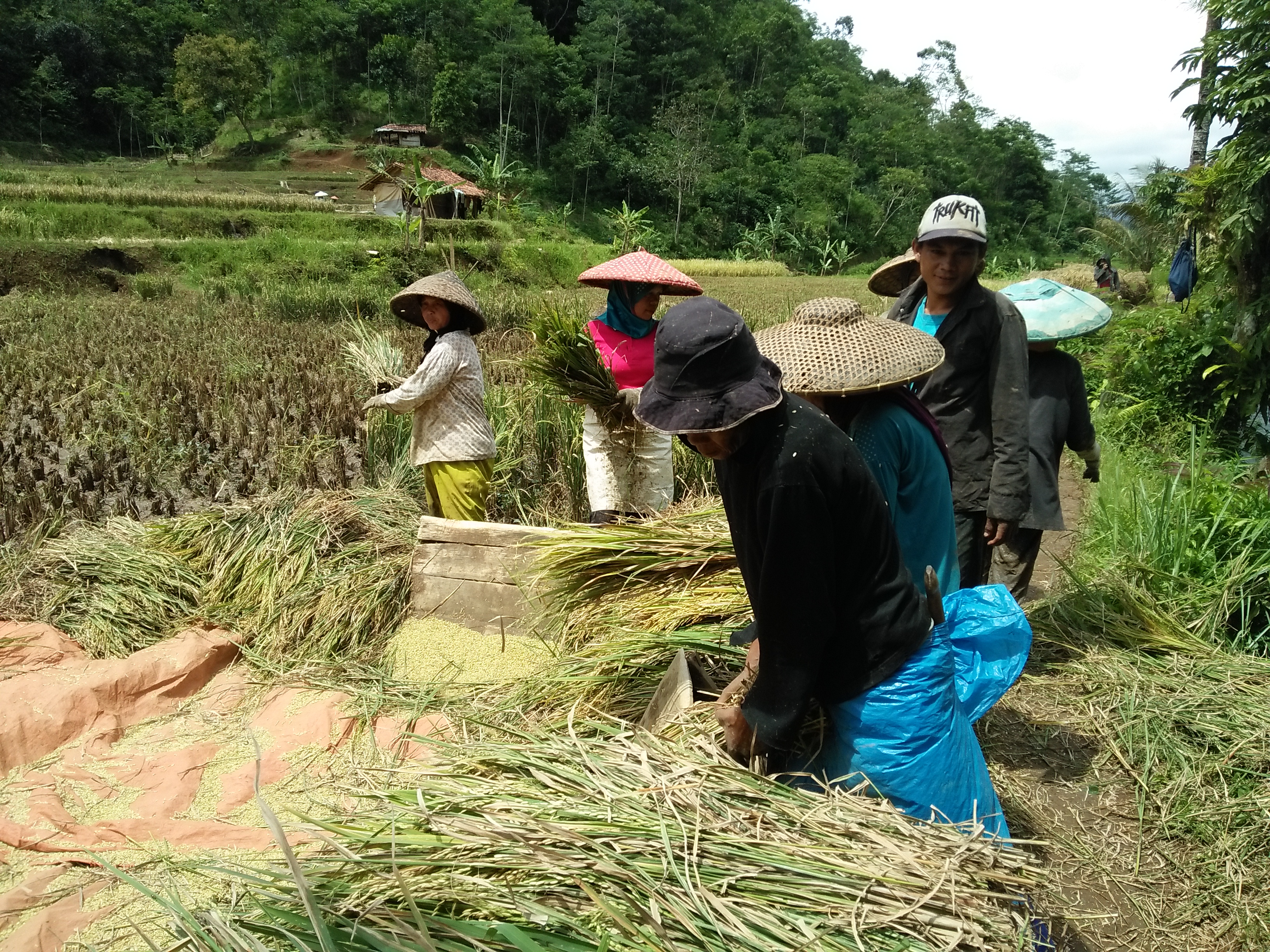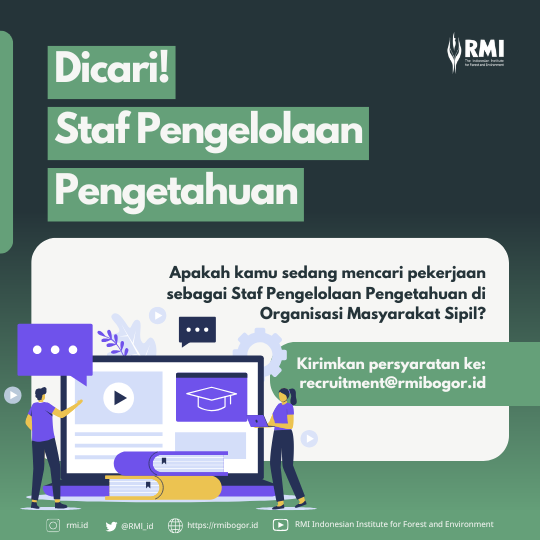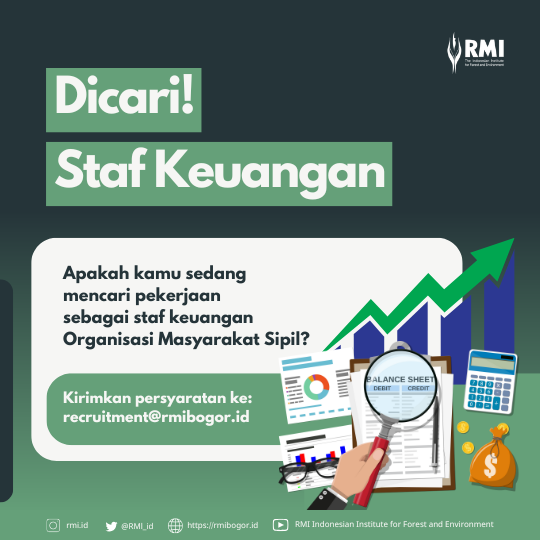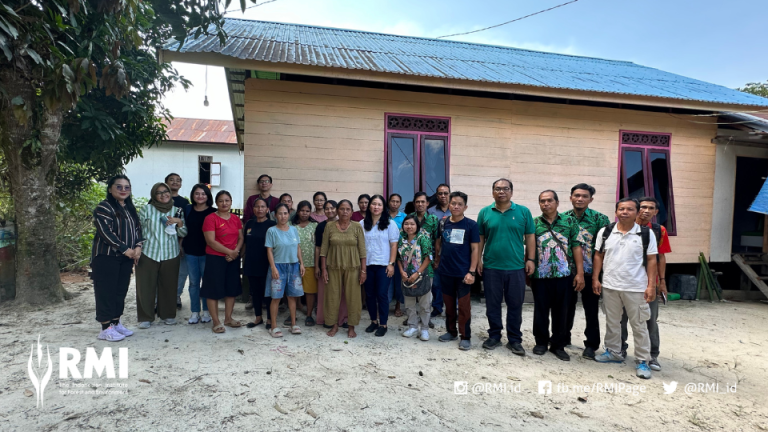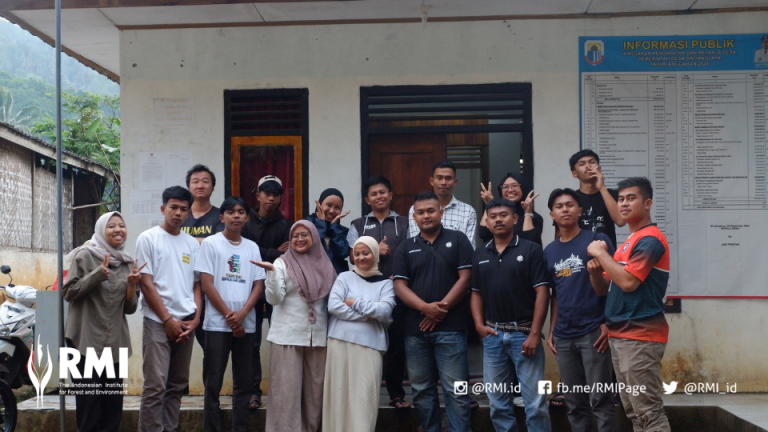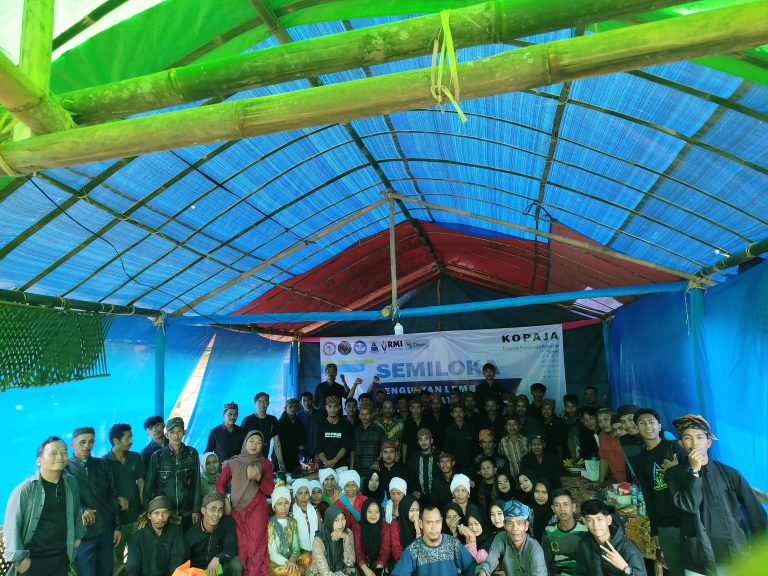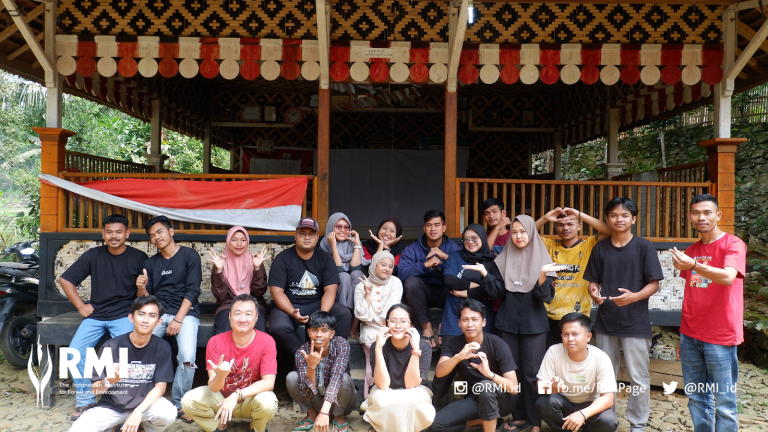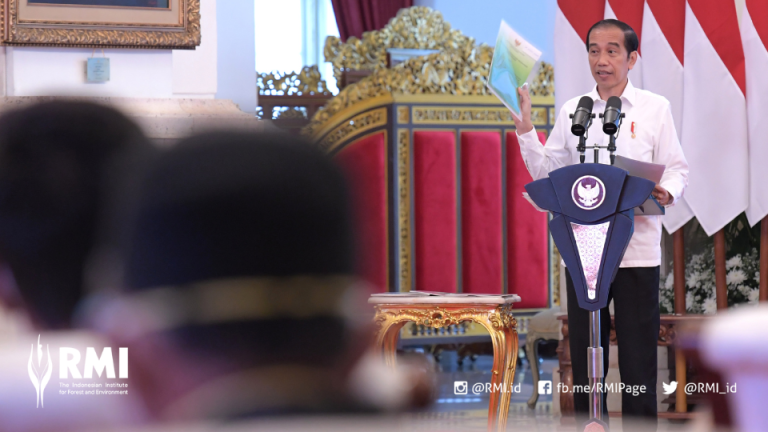
Today, we are celebrating the International Women’s Day (Hari Perempuan Internasional) that is commemorated on the 8th of March on each year. Why is the word ‘perempuan’ is used instead of ‘wanita’ in this commemoration and several other social movements? On a daily basis, the words ‘perempuan’ and ‘wanita’ are often used to replace each other and have relatively the same meaning. But in social movements, especially the struggle for gender equality and feminist movements, the word ‘perempuan’ is always used, not without a reason. This article will discuss the choice of these two words..
‘Perempuan,’ etymologically derived from the Sanskrit word, ‘pu,’ which means respect, and honor. Zoetmulder said that the word ‘perempuan’ is derived from the word ‘empu’ in the ancient Javanese language, which translates to master, noble, and/or respectful (Pudjiastuti, 2009: 5). Suyitno explained that the word ‘empu’ that was adopted to Bahasa Indonesia experienced affixication by adding affixes, that are ‘per’ and ‘an’, which finally formed the word ‘perempuan’ (Suyitno, 2015).
‘Wanita’ also comes from the Sanskrit word ‘van,’ that means desire, and ‘ita,’ that means which is (in a passive form), which is then combined together and becomes the desired. The word was then absorbed by ancient Javanese language into ‘wanita’, and was continuously used in the modern Javanese language, which was then absorbed again in Bahasa Indonesia (Slametmuljana, 1964).
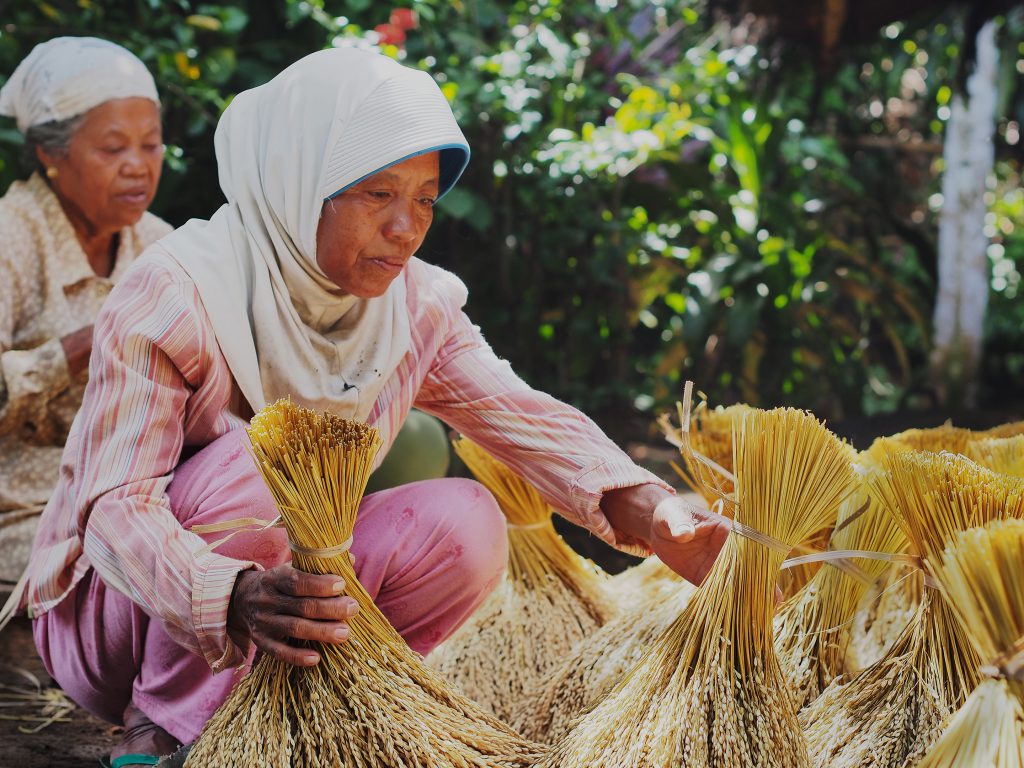
According to Budiman (1992: 72-73), as time goes by, ‘perempuan’ experienced revelation, which means a decrease in the value of the meaning. Budiman further explained that, contrary to ‘perempuan’, ‘wanita’ experienced amelioration, which means an improvement in the value of the meaning. According to KBBI online, ‘perempuan’ are used in nine phrases, namely ‘perempuan geladak’ (female prostitutes), ‘perempuan jahat’ (mean women), ‘perempuan jalan’ (street women / prostitutes), ‘perempuan jalang’ (wild women), ‘perempuan jangak’ (filthy women), ‘perempuan lacur’ (licentious women), ‘perempuan lecah’ (female prostitute), ‘perempuan nakal’ (naughty women), and ‘perempuan simpanan’ (mistresses); all negative associations. Meanwhile ‘wanita’ is used in two phrases, ‘wanita karir’ (career woman), and ‘wanita tuna susila’ (prostitute); one positive phrase and one negative phrase. However, even in the use of the word ‘wanita’ in negative contexts, namely ‘wanita tuna susila’, ‘wanita’ is brought closer to the phrases that was refined (ameliorated), so that the whole phrase becomes more positive compared to—for example—‘wanita amoral’ (immoral women) or ‘wanita biadab’ (savage women). So in the practice of using it, at least as emphasized in KBBI online, the association of ‘perempuan’ is negative, while ‘wanita’ is positive. What happens when the value of the meaning of the word ‘wanita’ is positivized? It affects the actual social conditions of the group, which are often not positive, eventually slipping away the attention and public awareness. Because in reality, the living conditions of women—even though improved, still have not yet reached a positive situation, the great ones, who have high position careers, as how it’s supposed to be in the sense that’s contained in the use of the word “wanita” itself.

The change in the meaning is assumed to be caused by the practices of its use in the New Order era where the Ministry of Women’s Role Affairs was established[1] (Rampung, 2012; Wulandari & Candria, 2012). One of the examples is its use in the Dharma Wanita program in the New Order era, which gives the impression to empower and provide space for women, but it was not as it is if it was seen from Panca Dharma Wanita that becomes the main pillars, which precisely position women as the second class citizens. Panca Dharma Wanita consists of 5 pillars, namely women as her husband’s companion, women as descendant successors, women as housekeepers, women as additional breadwinners, and women as citizens’ members (Wulandari & Candria, 2012, p. 2). While this relationship is reciprocal, there are no pillars that govern the role of men as partners of women. This means that excessive various arrangements in this context are only experienced by women.
Not only that, the existence of Dharma Wanita as an organization that consists of wives from government employees, is already problematic. Also remember that the Republic of Indonesia Employee Corps exists in the New Order era, which consists of government employees members. The existence of these two organizations together equates to only men that are capable of becoming the government employees. Why are organizations like these are not made family-based? This points to a wider problem about the division of the roles of women and men in the family; men make a living – while women give birth and take care of the children and homes. “The New Order uses a housewive ideology,” according to Ratnasari, a Gender Reviewer and RMI Associate.

Pragmatically, the use of the word ‘perempuan’ that has undergone a revelation / the decrease in the value of meaning in social movements, even in everyday life, is intented to always remind that women are actually still in a poor condition. This was reinforced by the Minister of Women’s Empowerment and Child Protection, Yohana Yembise at the 35th General Council of the International Council of Women (ICW) in Yogyakarta, on September 14, 2018. She mentioned that women and children often experience various kinds of violence, both physical, psychological, and sexual, and become victims of stereotypes, marginalization, subordination, and multiple burdens. Many women are considered only suitable for carrying out work related to houshold affairs. RMI itself in the issue of natural resource management sees various proofs of how women do not get the opportunity and recognition of their role in managing rice fields, gardens, and other production spaces. An RMI study conducted by Nurhamidah et al (2017) shows that in one farming cycle from the seeding stage to storing the harvests to leuit (rice barn) in Kasepuhan Banten Kidul indigenous community area, as an example, women handle 9 out of 14 farming stages, where 5 of them are carried out by only women, and the other 4 stages are carried out together with men. At certain times, when men have to work in other places, women do two other stages that are usually done by men, namely cutting and hoeing. Just for comparison, the study also shows that men do the same amount as women, namely 5 stages carried out by men only, and 4 others done together with women. However, it is very rare for men to work on the part that has become the duty of women only. The same number of roles then only gave authority to men in various agricultural programs, also those who received the title of farmers. Meanwhile, women are often only regarded as the farmer’s helper, so they rarely get the opportunity to increase their capacity in farming and making decisions regarding their agricultural management plans.
Reading the explanation above, it is clear that the purpose of using the word ‘perempuan’ is to keep on reminding us that women still experience discrimination in various situations, even though improvements have already occured and are felt. By remembering and acknowledging the situation of women who are still discriminated against, it is hoped that various efforts to improve them will continue to be sought by various parties. Because, without recognizing or knowing exactly an illness that is suffered, of course we cannot treat it properly, right? Although of course, the will to admit a disease that is suffered or not is everyone’s prerogative rights.
Written by: Siti Marfu’ah and Wahyubinatara Fernandez
Edited by: Mardha Tillah
Translated by: Amanda So
Source:
A. Nurhamidah, N. F. (2017). Tutur Perempuan Adat Perjuangan Hidup Perempuan Kasepuhan di Kabupaten Lebak dari Masa ke Masa. Bogor: RMI.
Budiman, K. (1992). Subordinasi Perempuan Dalam Bahasa Indonesia. Dalam B. Susanto, Citra Wanita dan Kekuasaan (Jawa). Yogyakarta: Kanisius.
Hakim, L. (2018, September 14). Berita. Dipetik Maret 5, 2019, dari www.antaranews.com: https://www.antaranews.com/berita/748120/menteri-pppa-sidang-umum-icw-majukan-perempuan
Muljana, S. (1964). Asal Bangsa dan Bahasa Nusantara. Jakarta: Balai Pustaka.
Pudjiastuti, T. (2009, Mei 26-28). Sita Berperasaan Perempuan. Workshop on Old Javanese Ramayana: Texts, Culture, and History. ANRC, Gonda Foundation, EFEO, KITLV, Jakarta, Indonesia.
Rampung, B. (2012, Juni 4). Wanita atau Perempuan. Dipetik Maret 5, 2019, dari bone-rampung.blogspot.com: http://bone-rampung.blogspot.com/2012/06/normal-0-false-false-false-en-us-x-none_5303.html
Setiawan, E. (2019). Perempuan. Dipetik Maret 06, 2019, dari KBBI Online: https://kbbi.web.id/perempuan
Setiawan, E. (2019). Wanita. Dipetik Maret 06, 2019, dari KBBI Online: https://kbbi.web.id/wanita
Sudarwati, D. J. (1997). Journal. Dipetik 05 Maret Selasa, 2019, dari www.angelfire.com: http://www.angelfire.com/journal/fsulimelight/betina.html
Suyitno, D. N. (2015). Publication. Dipetik 07 Maret, 2019, dari www.researchgate.net: https://www.researchgate.net/publication/275034845_Perempuan_Wanita_atau_Betina
Wulandari, D., & Candria, M. (2012).
Pemahaman Kader PKK terhadap Panca Dharma Wanita dalam Konteks Critical
Discourse Analysis. Seminar Nasional Budaya di Pantai Utara Jawa, (hal.
1-21). Semarang.
[1] As a comparison, during the reign of Gus Dur, which is the post-reform up until today, the use of the word ‘wanita’ in the ministry is no longer used, replaced by the Kementrian Pemberdayaan Perempuan (Ministry of Women’s Empowerment) (formerly) or the Kementrian Pemberdayaan Perempuan dan Perlindungan Anak (Ministry of Women’s Empowerment and Child Protection) (today).
#PerempuandanPSDA

